As a military variant of the Boeing 737NG, the P-8A Poseidon shares most of its features, but why does it have a unique type of wingtips?
If you look at different models of the Boeing 737, you will observe several different types of wingtips and winglets. First, obviously, were the 737s with plain wings and no winglets. Then came the 737NG series, with ‘blended winglets’. Some older 737 ‘Classic’ (-300/400/500) got these as a retrofit, too. Note also that the smallest 737NG, the 600, doesn’t have winglets.

Then came the 737NG with optional split-scimitar winglets (above). These are essentially a modification of the blended winglets, available to new jets and as a retrofit. They shared some of the features of the even newer 737 MAX ‘Advanced Technology’ (AT) winglets. These combine the split-scimitar winglet with a rearward rake. However, the P-8A Poseidon had none of these, instead sporting raked wingtips!
If a 737 ever features in MAD-MAX or any other post-apocalyptic movie, the P-8A would be the obvious choice. And Australia has a dozen of them, so don’t think it can’t happen! There are many military 737s out there, but this one has the most bumps, bulges, antennas and doors. Even the engine cowlings are bulging, because the generators have double the kVA rating (180 instead of 90). And of course it has those GIANT observation windows on the sides. And underwing missiles.
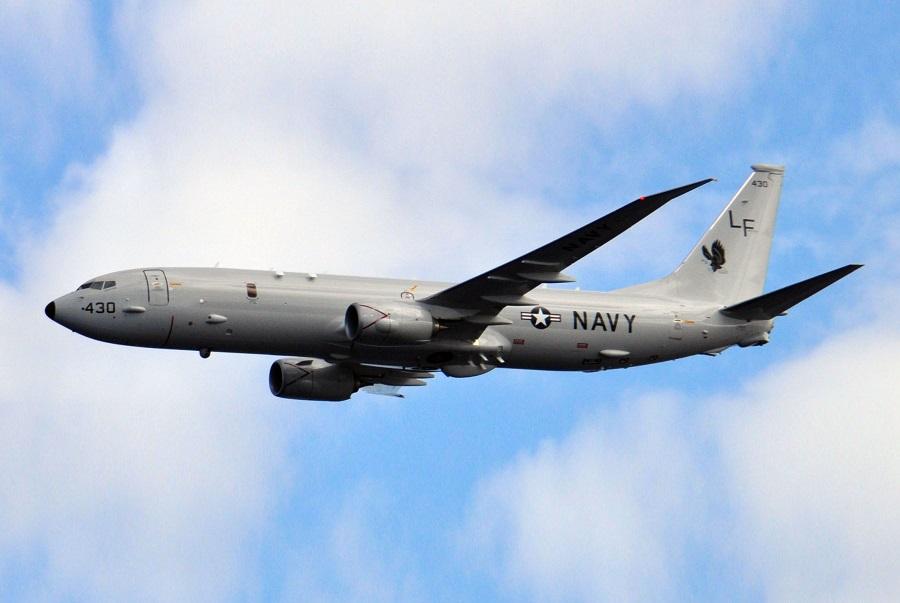
The P-8A Poseidon And Its Wingtips
But the P-8A Poseidon also has raked wingtips. It is the only 737 variant to have them. Why? How come Boeing went to the trouble of designing a special set of wingtips, just for the P-8A Poseidon? It turns out, Boeing did this because they had to. That’s because the US Navy (the customer) had some unusual requests for the aircraft. And one of them involved anti-ice systems.
In the role Boeing designed the 737NG for, it will typically spend most of its time cruising at 30,000-41,000 feet. Generally speaking, airliners are more efficient at higher altitudes. The P-8A likely cruises at these altitudes, too, when it is in transit to/from “an area of interest”. But its job, once it gets there, is to look for things on or under the water’s surface. And that typically calls for lower altitudes.
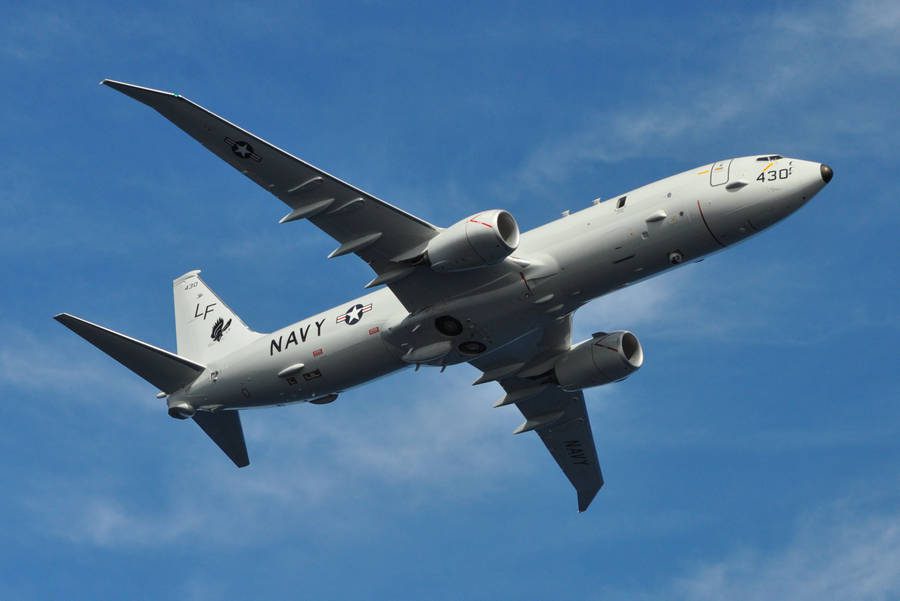
The wingtips of the P-8A Poseidon have a de-icing system, as part of a general ‘uprated’ anti-icing package. This most likely has to do with the altitudes the aircraft operates in. These altitudes may make encounters with icing more likely. Or, there could be mission-related reasons why aircrews can’t go around an area where they might encounter icing. So Boeing had to design the P-8A Poseidon’s wingtips with this system in mind.
But clearly, this isn’t a complete answer. Why didn’t Boeing simply add anti-icing to the existing blended winglets in the 737NG? We don’t really know the answer to this. But we can speculate; perhaps the structure of these winglets made the addition of anti-icing impossible, or impractical. So designing a new wingtip for the P-8A Poseidon, could have been their only option.
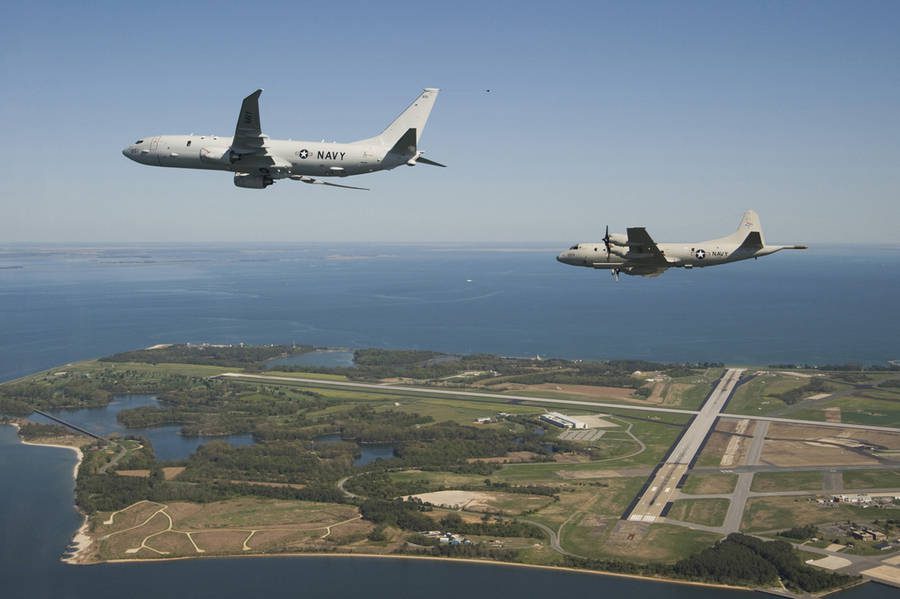
Not Really A New Design
OK, but why use a completely new design, never before seen on a 737? Surprisingly, this one is easier to answer. In the mid-00s, when Boeing was designing the P-8A Poseidon, they were introducing other jets with raked wingtips. The plane first flew in 2009, the same year as the 787. Raked wingtips also featured on later versions of the 777. The folding wingtips of the 777X are raked, too.
Boeing and NASA had tested the raked wingtip design in the 90s. And they proved that it could be 1-2% more efficient than conventional winglets. Simplistically-put, the P-8A Poseidon has raked wingtips, because they are really good. Plus, Boeing knew how to make them. Also, blended winglets could partially obscure the view of various sensors on the sides of the fuselage. Beyond that, it is unlikely that there is a military-specific purpose in the design of these devices.
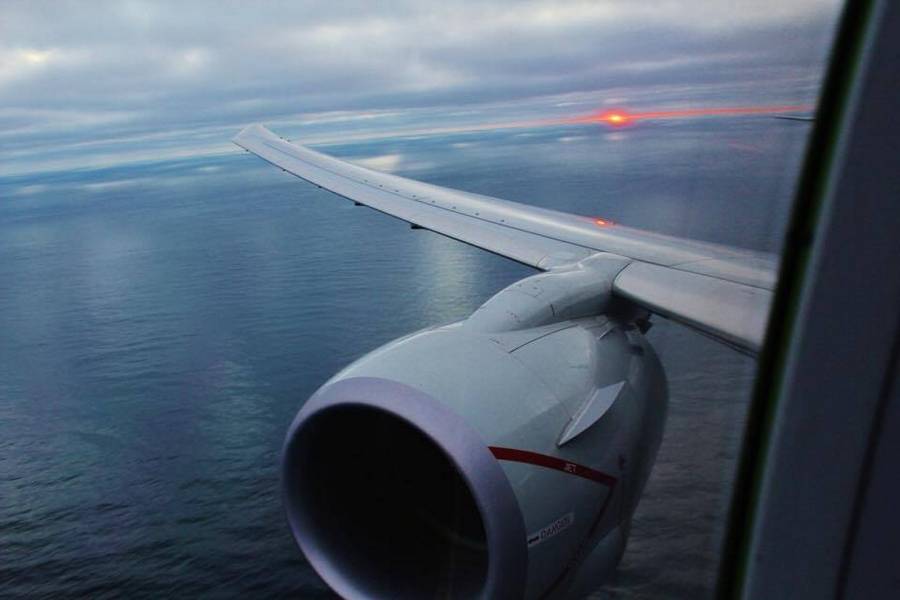
But this still leaves us with an obvious question. If these wingtips are so good, why did Boeing only use them on the P-8A Poseidon? Their design predates the split-scimitar and 737 MAX ‘AT’ winglets, by several years! Having gone to the trouble (and investment) to produce them, why not stick with them? The answer to this is that Boeing would probably love to use raked winglets on the rest of its 737s. But they simply couldn’t.
P-8A Poseidon Wingtips And Wingspan
The wingspan of a 737NG with winglets, is 117 feet and 5 inches (35.79m). This makes it a perfect fit for an FAA Group III or ICAO C Gate (maximum 36m/118’ span). The wingspan of the P-8A, with its raked wingtips, is 123 feet and 6 inches (37.64 m). So, a 737 with these wingtips would be too big for an airport gate meant for a 737/A320.
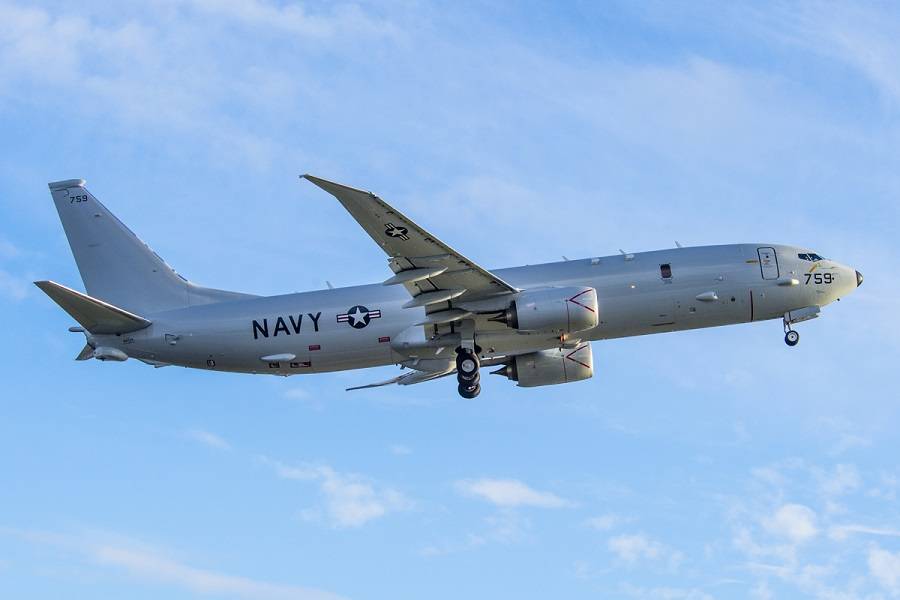
In practice, many airports today design their gates to fit the slightly bigger 757, and its 38m/124’10” wingspan. However, there would be cost implications for the airlines, if their 737s had the wingtips of the P-8A Poseidon. So Boeing instead used what it learned from this design, to develop the AT winglets of the MAX. The wingspan of a 737 MAX is 117 feet 10 inches, or 35.92m – barely below the 118’/36m limit!
To recap, Boeing designed a raked wingtip for the P-8A Poseidon, because mission requirements made it necessary. So they made the best wingtip they could. However, they then redesigned it for passenger jets, because of regulatory reasons. Needless to say, the US Navy and other military customers of the plane, don’t particularly care what commercial airport gate such a mission-specific plane would fit into!
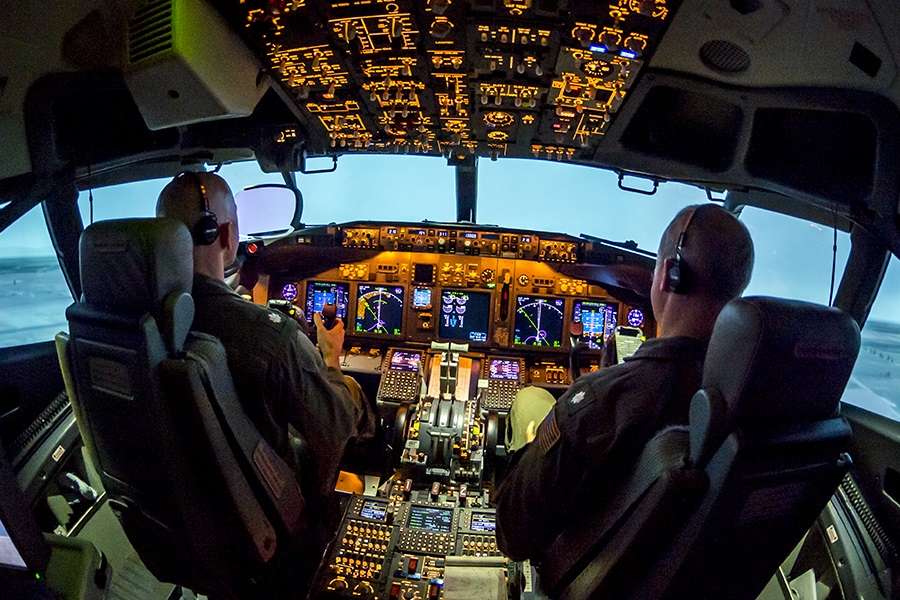
Keeping It Simple: The E-7A Wedgetail
Since we’re discussing military 737s like the P-8A Poseidon and wingtips, it’s worth mentioning its ‘sister’ mission-specific model. That’s the Boeing AEW&C, also called the E-7A Wedgetail. This is an airborne radar platform, in the 737-700 pattern. Most of these planes are conversions from passenger 737-700s, yet they have no winglets at all.
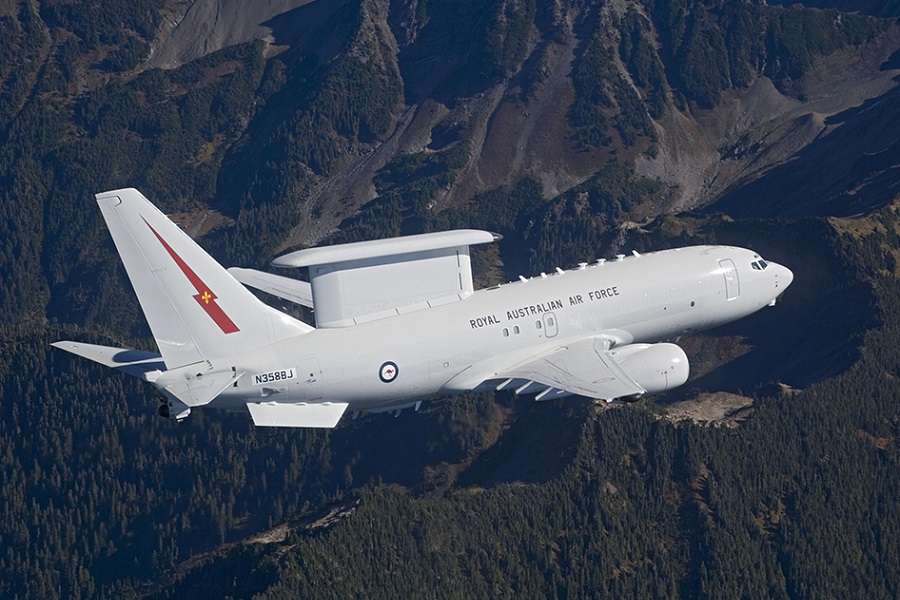
This is less of a mystery than the wingtips of the P-8A Poseidon, however. Obviously, that radar has to be able to see out sideways – and downwards. Anything that improves its field of view is welcome, so the winglets had to go. Even the raked wingtips would probably get in the way. Plus, it seems to have more sensors, in those wingtips.
Any time a manufacturer has to adapt a design from one role to another, there will be some compromises. But ironically, the P-8A Poseidon got more efficient with those ‘military’ wingtips, than anything its civilian brothers had previously. It would be interesting to compare the efficiency of those raked wingtips to the MAX ‘AT’ winglets. But it’s a moot point. They each serve their purpose.




1 comment
Michael Shatto
Being military and also a sneaky spy-plane, don’t be surprised if the wingtip has something to to with electronics such as radios, part of an electronic antenna system or some other super secret Skunk Works DARPA kind of stuff.